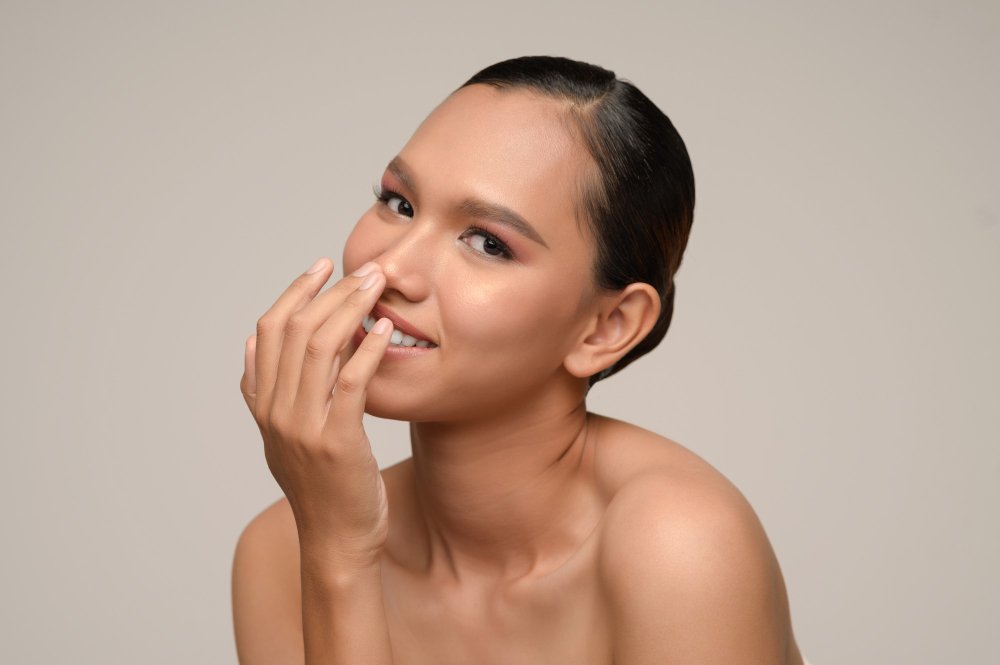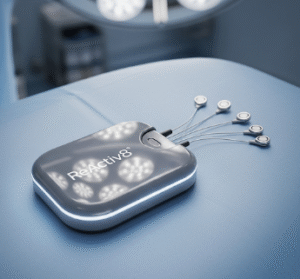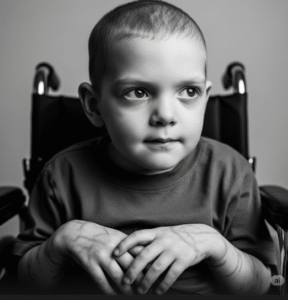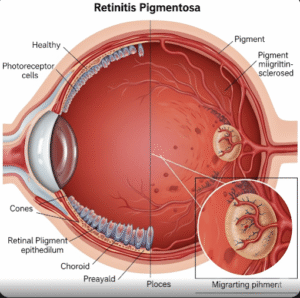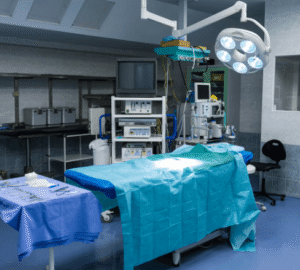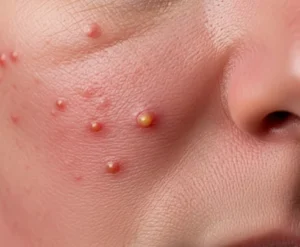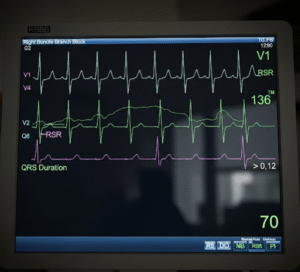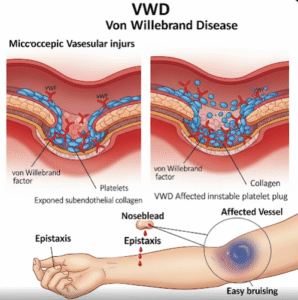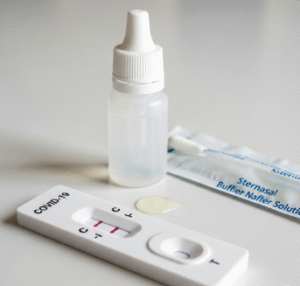What It Is
Asian rhinoplasty is a specialized type of rhinoplasty tailored to the unique anatomical features of Asian patients. It typically addresses lower nasal bridges, flatter tips, and less projection compared to Caucasian noses. The procedure focuses on enhancing nasal height, tip definition, and overall facial harmony while maintaining natural aesthetics.
Why It’s Done
Patients choose Asian rhinoplasty for:
- Cosmetic reasons: To achieve a more defined nasal bridge, tip projection, or balanced facial proportions.
- Functional reasons: Correction of mild breathing issues or structural irregularities.
- Cultural considerations: Desire for subtle, natural results rather than over-projected or unnatural noses.
- Self-confidence: Improving facial appearance and self-esteem.
Alternatives
- Non-surgical rhinoplasty: Dermal fillers can temporarily enhance nasal bridge and tip without surgery.
- Open or closed rhinoplasty: Depending on complexity, surgeons choose open (for extensive reshaping) or closed (less invasive) techniques.
- Cartilage grafts or implants: Depending on structural needs, ear, rib, or septal cartilage may be used.
Preparation
- Consultation: Detailed facial analysis, 3D imaging, and discussion of patient goals.
- Medical review: Check for allergies, medications, and prior nasal trauma.
- Lifestyle adjustments: Stop smoking and avoid blood-thinning drugs.
- Fasting: Required before surgery under general anesthesia.
How It’s Done
- Anesthesia: Usually general anesthesia.
- Procedure:
- Incisions are made internally (closed) or externally (open).
- Cartilage or implant material is placed to augment bridge or tip.
- Tip reshaping and nostril adjustments are performed as needed.
- Sutures and splints stabilize the nose during healing.
- Duration: 1.5–3 hours depending on procedure complexity.
- Hospitalization: Usually outpatient; sometimes overnight observation.
Recovery
- First week: Splints and internal packing may be in place; expect swelling, bruising, and mild discomfort.
- 1–2 weeks: Sutures and splints removed; patients resume light daily activities.
- 3–6 weeks: Most swelling diminishes; subtle improvements in nasal contour visible.
- 3–6 months: Final shape stabilizes, with fully natural-looking results.
Possible Complications
- Swelling or prolonged bruising
- Minor asymmetry or tip irregularities
- Implant displacement or cartilage absorption (rare)
- Infection or scarring
- Occasional need for revision surgery
Treatment Options in Korea
- Expert surgeons: Korea is renowned for surgeons specializing in Asian rhinoplasty.
- Advanced techniques: Use of 3D simulation, precise cartilage grafting, and minimally invasive methods.
- High success rates: Achieve natural-looking noses with functional benefits.
- International patient services: Travel assistance, consultations, and post-op follow-up tailored for foreign patients.
- Cost-effective: Competitive pricing without compromising quality compared to Western countries.

